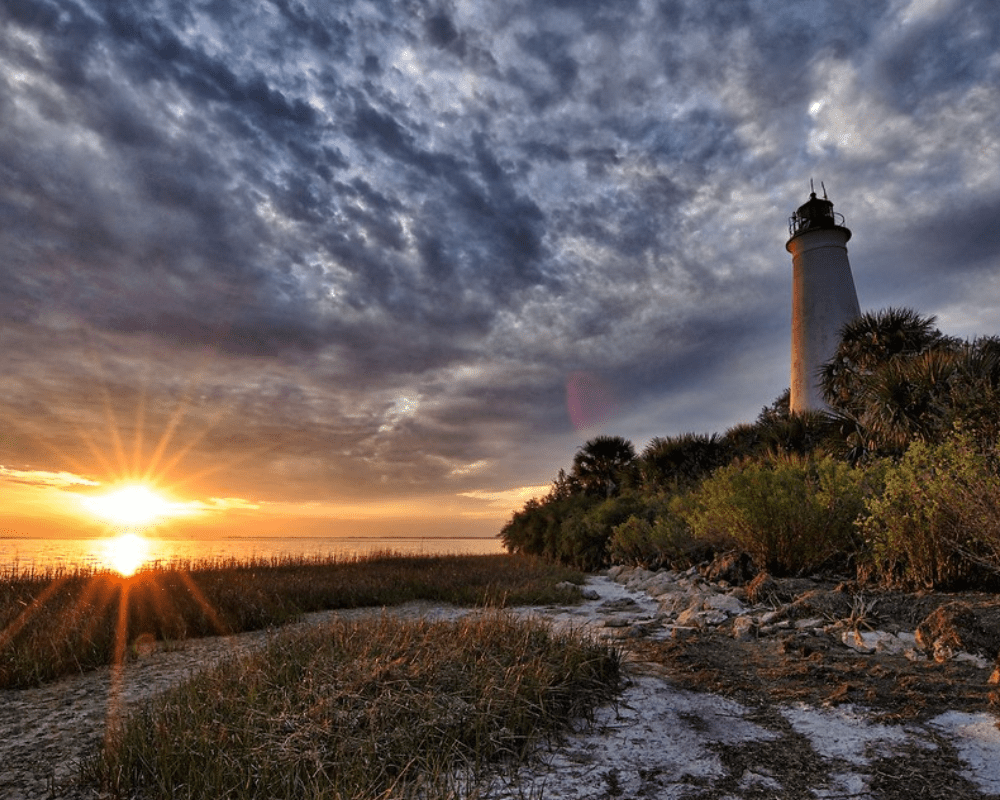
Prolonging over 1,000 miles, the orange blazes on the pathway, the beaches, and the Sunshine State’s diverse lifelike landscapes are the most scenic places you’ll encounter trekking the perfect Florida trail in winter. If you are looking for adventurous places to explore this winter season, you should take up the world-famous Florida trail, starting from Everglades to the north-western panhandle, packed with exotic wilderness and eminent biodiversity.
What Exactly Is the Florida Trail?

The Florida Trail falls under America’s top National Scenic Trails, which is a 1,500-mile hike, divided into four regions. The southern region starts at Big Cypress and takes you around Okeechobee, the central area revolves around Orlando, the northern part takes you through Ocala and Osceola National Forests, and the coastal region is right in the Gulf of Mexico. In December and January, the temperature stays between 50-70 degrees Fahrenheit, making the hike the most comfortable and ultimate experience one will ever undergo. As the hike is about two to three months long, according to the Florida Trail Association, you finish right before the heat strikes between March and April.
Exploring The Florida Trail

The St. Marks National Wildlife Refuge in North Florida includes turkey, oak, and pine forests with a mesmerizing array of wildlife. You can spot alligators, white-tailed deer, otters, and more than 300 species of birds in the ecosystem. Near Everglades sits Big Cypress National Preserve, which has 729,000 acres of wetlands, domes, and ghost orchids. Enjoy a peaceful and serene river walk on the Suwannee River Section mid-way into the hike. Finish the trail alongside the breathtaking white dunes of the Gulf Islands National Seashore, home to a wide range of coastal wildlife and breezy beaches. Many people have tried to complete the trek, but only over 300 people were able to finish it due to its long and difficult passage.
Preparing for the Florida Trail
The Florida hike passes through many national forests, wildlife centers, state parks, and private properties, so applying for a permit to cross these places is necessary before planning the trip. There are designated campgrounds where you can safely stay during the trek. It would be best to carry your sleeping bag with mosquito protection, trekking poles to hike across swampy grounds, and waterproof and synthetic clothing to stay cozy and warm from the rain and cold. So, gear up, obtain the permits, and start preparing for the magnificent sceneries of the Florida Trail.